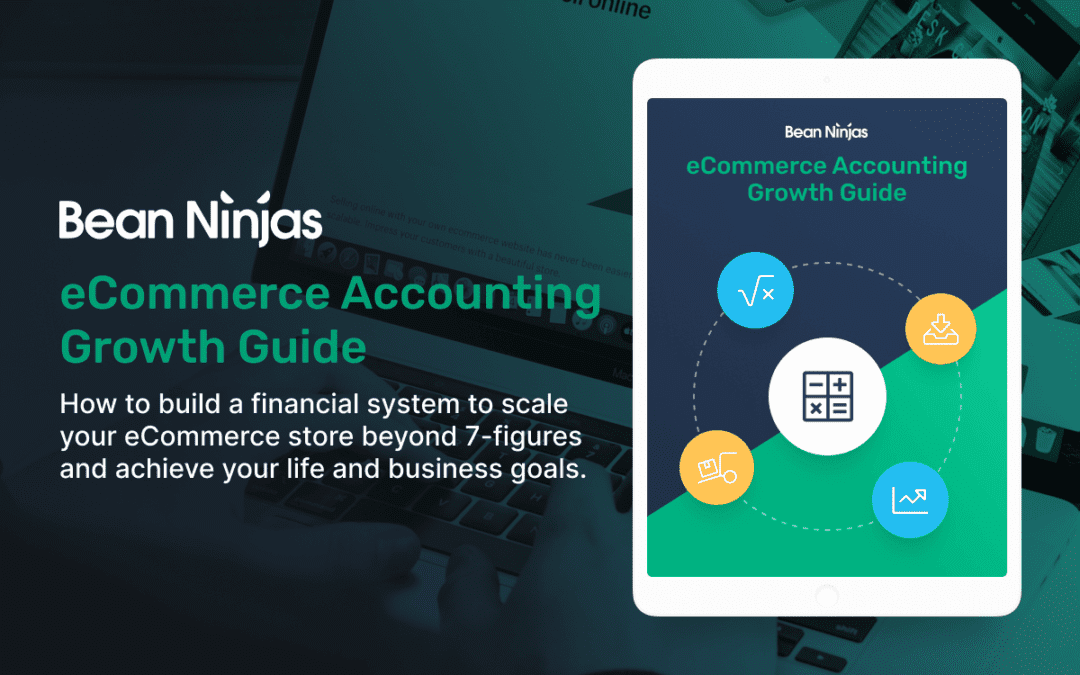Your eCommerce business’s cost of sales, a.k.a. Cost of Goods Sold, is a critical metric to understand and monitor.
Your cost of sales helps you better understand key aspects of your business, like profitability, gross margins, inventory management, and more.
Accurately assessing this metric can also help you make better informed business decisions to keep your ecommerce business thriving.
Article Contents
What is cost of sales?
Cost of sales represents the direct costs of producing or acquiring goods (or inventory) your ecommerce business has sold. Explained another way, it’s the total direct costs your company pays to sell products.
Cost of sales helps you monitor expenses and ensure you’re within budget and making a profit.
The formula to calculate cost of sales is:
- Cost of Sales = Beginning Inventory + Purchases – Ending Inventory
To calculate this number, you’ll need to know different inventory quantities for the time period you’re assessing, specifically:
- Beginning inventory — the amount you started with
- Purchases — the amount of inventory you bought during the time period as well as labor, materials, supplies, and costs to vendors
- Ending inventory — the amount of stock you ended up with
It’s also essential to know the inventory cost method you’re using as it can impact the value. The three most common inventory accounting methods used are:
- First in, first out (FIFO) — assumes the inventory first purchased is the first sold
- Last in, first out (LIFO) — assumes the last inventory purchased is sold first
- Weighted-average cost — the average cost of purchased or manufactured inventory is used
Is COGS and cost of sales the same thing?
Yes — cost of goods sold (COGS) and cost of sales are essentially measuring the same thing and are often used interchangeably in accounting.
In fact, many eCommerce companies may notice that both COGS and cost of sales show up on their income statements, which can cause confusion.
That said, manufacturers often use the metric COGS, while retailers will use cost of sales, especially if they don’t manufacture any items.
One subtle difference is that some industries and businesses will incorporate some indirect costs into their cost of sales. But COGS is typically calculated based only on direct expenses and disregards any indirect ones.
What’s included in cost of sales calculations?
To accurately calculate your cost of sales, it’s essential to account for all direct costs related to making a specific product. However, retail businesses that aren’t manufacturing goods may consider costs as everything included toward the total cost of that product or service, even some indirect costs.
That said, cost of sales typically excludes administrative and general expenses, as these are more indirect and hard to quantify per product or service.
In general, when assessing whether a cost should be included in the calculation, consider whether it is directly involved in the production or acquisition of the item.
To help you decide, ask yourself: if you stopped paying for the specific expense, could you still provide the service or get the item? If the answer is the service or product would not be impacted if you stopped paying for the cost, you likely should not include that expense.
You can also consult with an experienced accountant to help you identify the correct costs for your business to include in your cost of sales calculations.
Here are some common costs companies will include when calculating cost of sales or COGS.
Direct Labor Costs
Direct labor costs include only those labor costs involved in the production of goods or acquiring items for resale, like shipping.
For instance, you would include payments to contractors directly involved in creating the goods. But you would not incorporate salaries for non-production jobs like administration, janitorial services, and more.
Direct Material Costs
For ecommerce retailers who don’t produce goods themselves, material costs would include costs to purchase the merchandise for resale.
For businesses that manufacture goods, they will need to include what they spent to buy the raw materials, components, and any direct expenses to assemble products.
If your business is involved in both manufacturing and the resale of items, you will need to include costs related to both activities.
Also, when calculating the cost for a product, keep in mind if you received any discounts on materials during that time, as you may need to consider that in your calculation.
Manufacturing Supplies and Overhead
When assessing your cost of sales or COGS, you ideally should include only those expenses directly related to the product. For instance, you’d want to include any operations, supplies, or overhead directly associated with creating or assembling the product.
Depending on your business, it may also include warehouse overhead, such as storing supplies or shipping.
Other examples of potential overhead costs may be software licensing or your product’s packaging.
Why is cost of sales an important accounting metric?
Cost of sales is a key metric used in cost analysis and is necessary for calculating your company’s gross profit.
Additionally, understanding your cost of sales (and calculating it as accurately) can help you analyze how to boost profits.
The impact of cost of sales on cash flow management
A positive cash flow is critical for ecommerce businesses to remain open. You must be able to cover expenses and have money left (your profit).
Your operating cash flow helps when making business decisions, such as whether to add a new product or remove one.
Understanding cost of sales can help you evaluate and better understand your cash flow, so you can make these important business decisions.
For instance, if you want to improve your cash flow, you can evaluate your cost of sales by looking for:
- Any products that aren’t profitable
- Expenses going towards making or acquiring products that can be lowered, like negotiating terms with suppliers
- Pricing adjustments to help minimize the cost of sales for different products
By understanding your cost of sales, you can look at how it impacts your cash flow and find ways and strategies to help further refine and increase profits.
The impact of cost of sales on taxes
Your cost of sales or COGS is a business expense that you’re required to report. But, it can help lower your business’s taxable income.
For instance, you’ll pay less tax if your COGS is high. However, this also means your business made less profit.
The impact of cost of sales on profitability
As discussed earlier, having a high COGS means you’ll have a lower net income and lower margins. So less profit to distribute to shareholders. Ideally, you want to keep your cost of sale low.
Monitoring your profitability can help you better understand your expenses and whether you need to reduce cost of sales to increase profit. Over time, you can also detect trends, seasonal patterns, and outliers — allowing you to make better informed decisions for your business.
The impact of cost of sales on inventory management
Cost of sales affects your inventory levels and is an important variable to consider and understand when it comes to your inventory management.
For instance, you need COGS to help calculate your inventory turnover (which is COGS divided by average inventory value). Evaluating and monitoring this measure helps you understand the number of times you sold and replaced inventory in a set period. If you have a high inventory turnover, you may be at risk of stockouts. But if your inventory turnover is too low you may be holding on to too much stock of a product, which increases your COGS.
Monitoring this measure can help you achieve a balance that allows for healthy inventory optimization. So you have enough stock of a product available to meet demand while not adding to your operational costs.
***
Trying to DIY your inventory accounting and bookkeeping can be time-consuming. Not to mention, it is easy to put it off (well until tax time!) to focus on growth and operations. That’s why hiring a specialized CPA or eCommerce accounting firm, like Bean Ninjas, can help take this off your plate, so you can focus your time and energy on growing your business.





